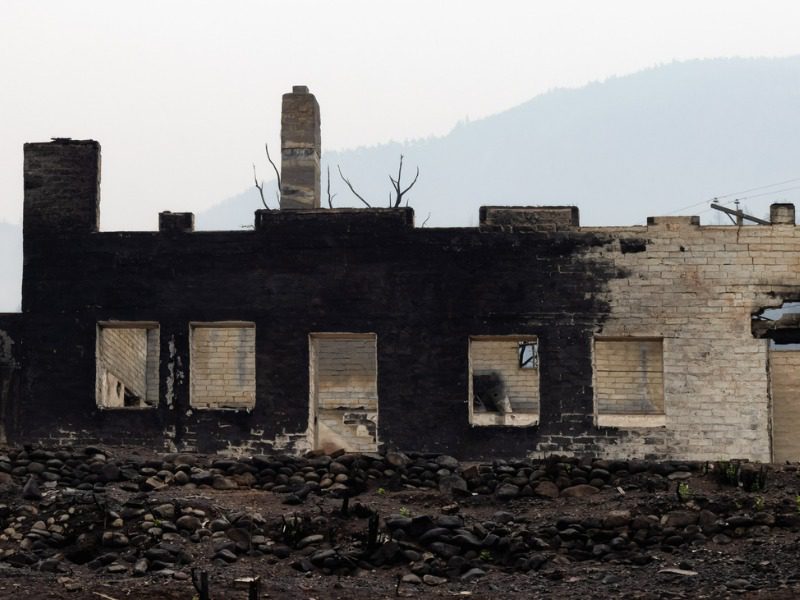2021 Cat frequency ties 2008 for second place

Severe weather cost Canadian insurers $2.25 billion in 2021, placing the year in the Top 5 for losses according to Catastrophe Indices and Quantification Inc. (CatIQ).
Last year, 14 events with $25 million in claims or higher were declared nationwide, a tie for second place for frequency since CatIQ began tracking such losses in 2008.
While in some years, it looks as if Alberta or Ontario are solely in the crosshairs of these events, 2021 was different. Last year, British Columbia received a relentless barrage that pummelled the province almost unendingly from early summer through late fall.
First, large swaths of the province were hit by a major heatwave, precipitated by a heat-trapping high-pressure system that parked over the Pacific Northwest between Jun. 25 and Jul. 1, 2021.
The heat dome that system-generated pushed temperatures to 49.6°C in the Lytton, B.C. area, the hottest temperature ever recorded in Canada. And on Jun. 27, temperature records were broken at 59 weather stations in a single day.
Those temperatures, in part, fed the third-worst wildfire season in the province for area burned.
According to B.C. data, 1,642 wildfires burned 869,279 hectares from Apr. 1, 2021 to Mar. 28, 2022 (the province’s fiscal year).
But while there have been worse years for area burned (namely 2018 and 2017), 2021 was one of the worst years for fire affecting communities, resulting in 181 evacuation orders being issued and several communities experiencing structure losses, including Monte Lake, Bouleau Lake, Killiney Beach and Lytton. These fires cost insurers close to $200 million.
Then came the atmospheric rivers and ensuing floods and debris slides, all exacerbated by the earlier wildfire season.
While B.C. was hit by at least five atmospheric river events over the course of 2021, the most damaging occurred over a mid-November weekend with up to 200 millimetres of rain falling on places like Hope, Merritt and Princeton. Several smaller communities in southwestern B.C. experienced major flooding.
Critical infrastructure, particularly related to transportation, experienced severe damage. Coquihalla Highway completely washed out in at least 10 places, long stretches of Highway 8 were wiped off the map, and washouts and mudslides damaged Highways 1, 3, 5, 99 and others.
Damage ranged from buckled pavement to entire culverts, overpasses and bridges being lost. Water treatment plants and potable water and storm-sewer systems also saw severe damage.
Insured damage from the event exceeded $500 million but would have been substantially greater with higher market penetration of residential coverage for overland flood.
While total damage is hard to pinpoint, some numbers range around $9 billion. By mid-December, the federal government provided the province with a preliminary $5 billion in disaster relief.
This article is excerpted from one the appeared in Canadian Underwriter‘s June-July issue. Feature image by iStock.com/edb3_16



